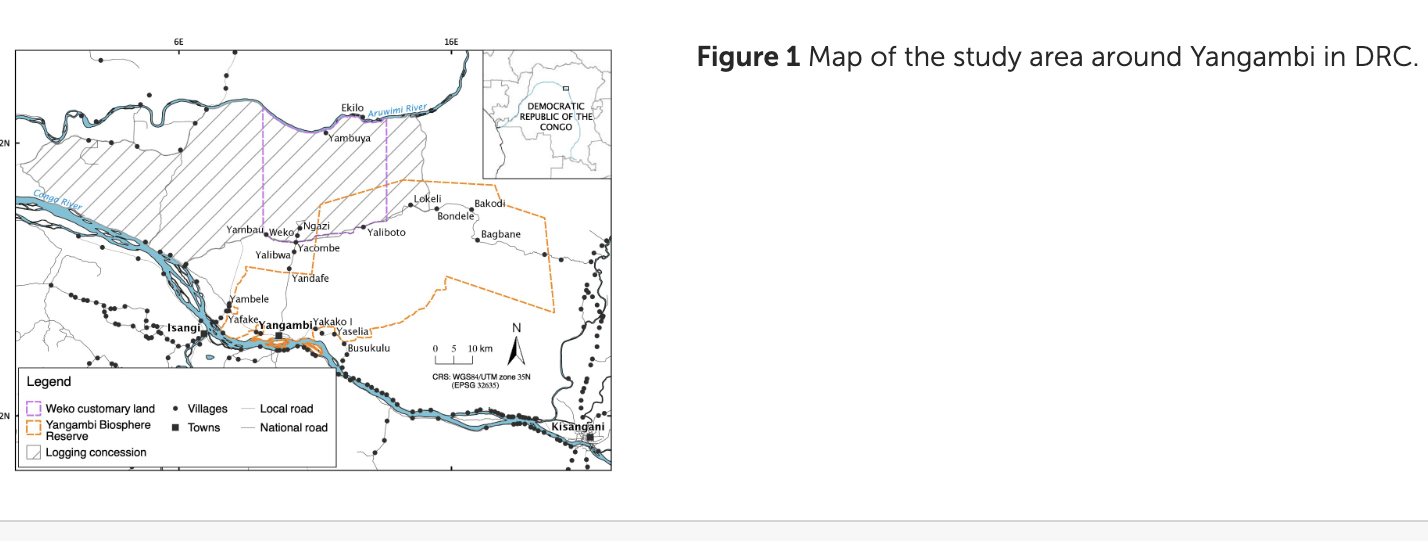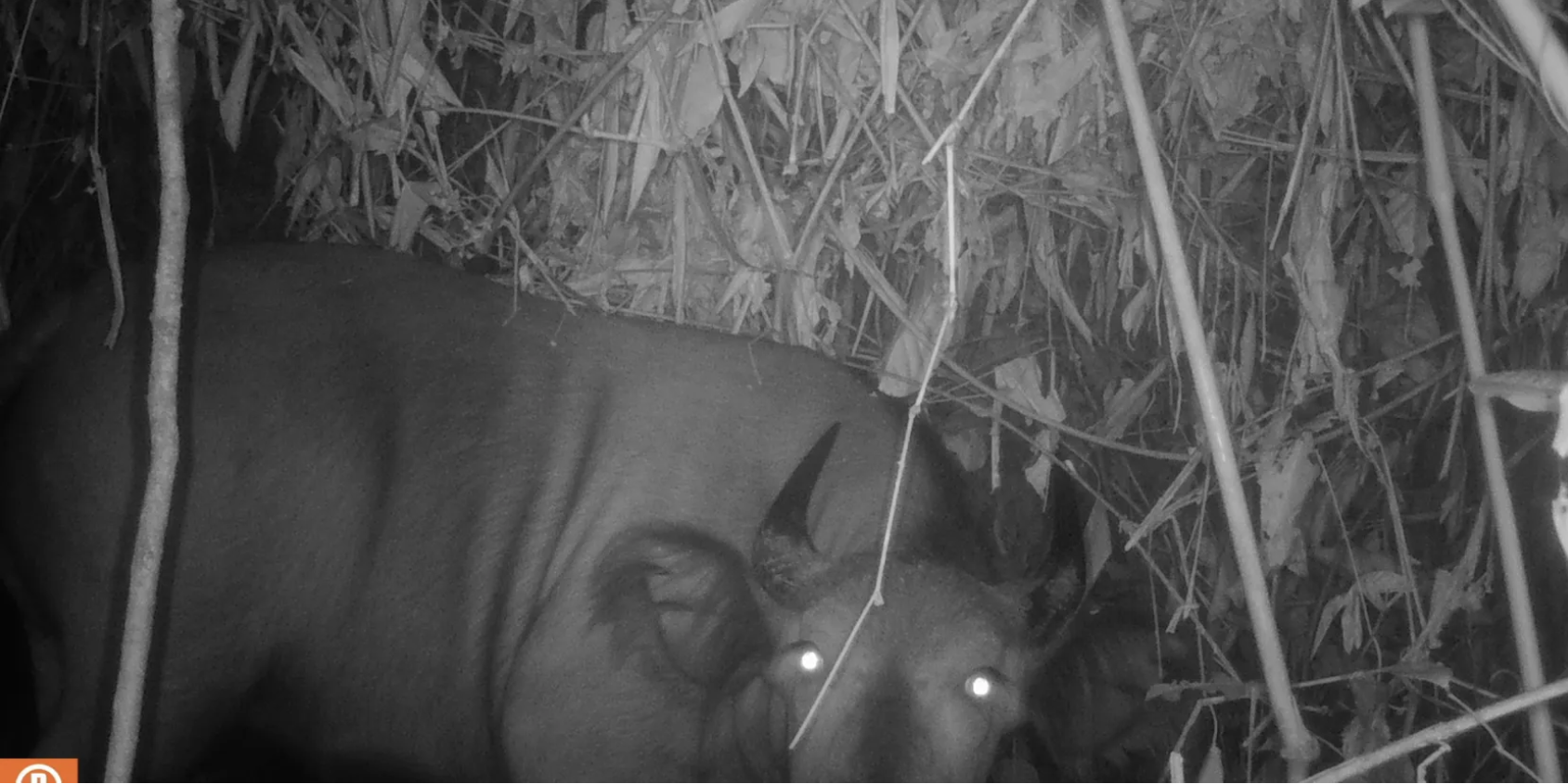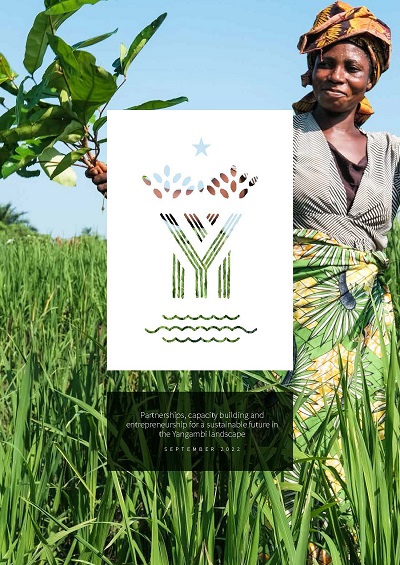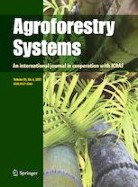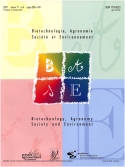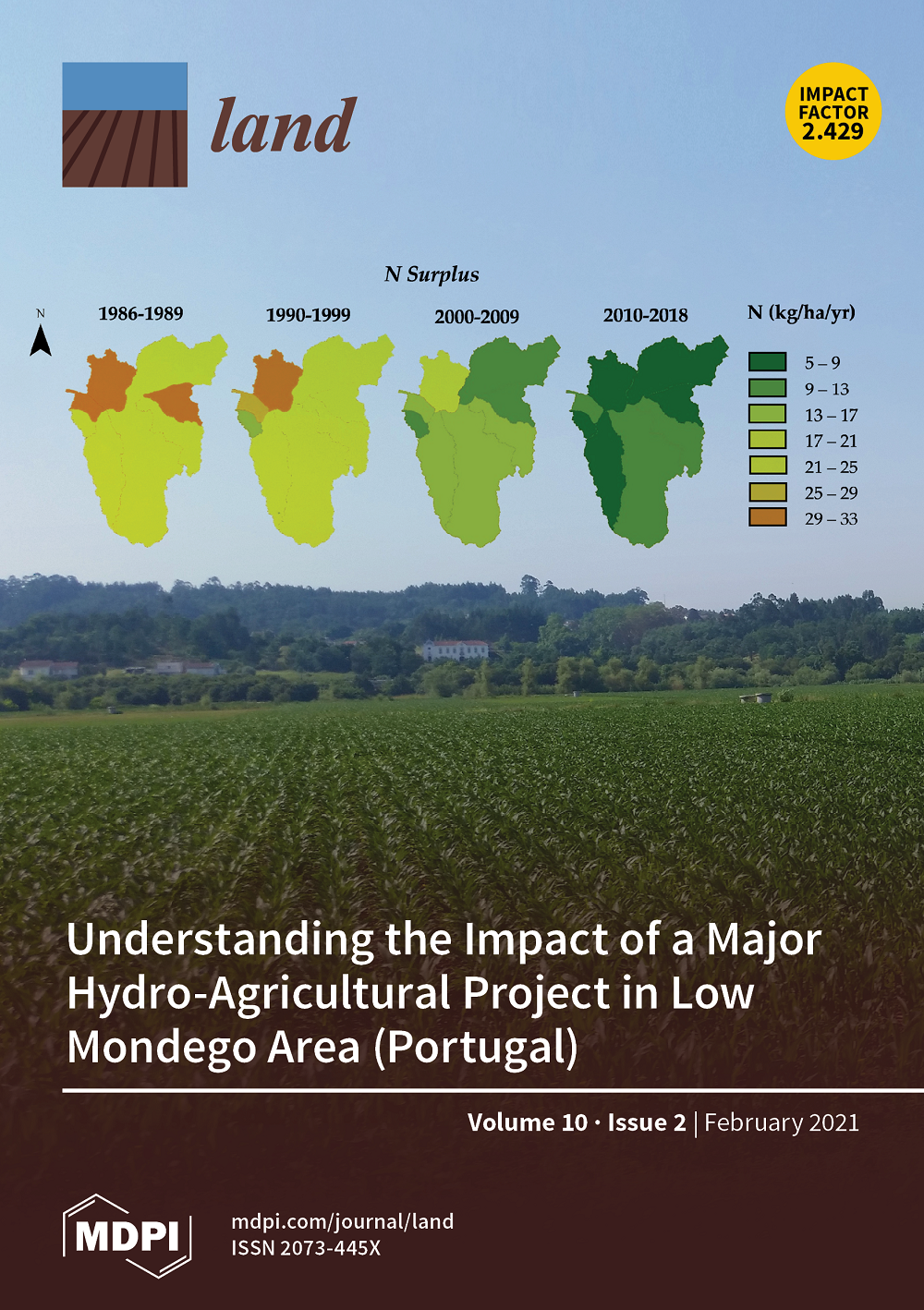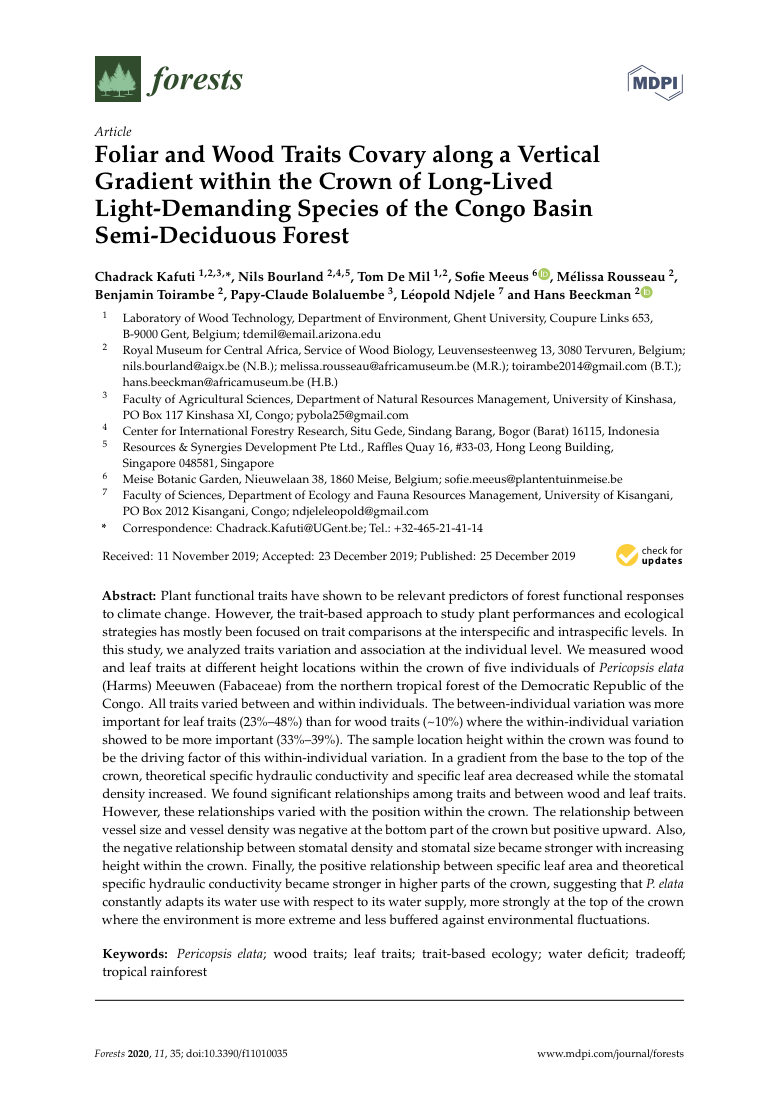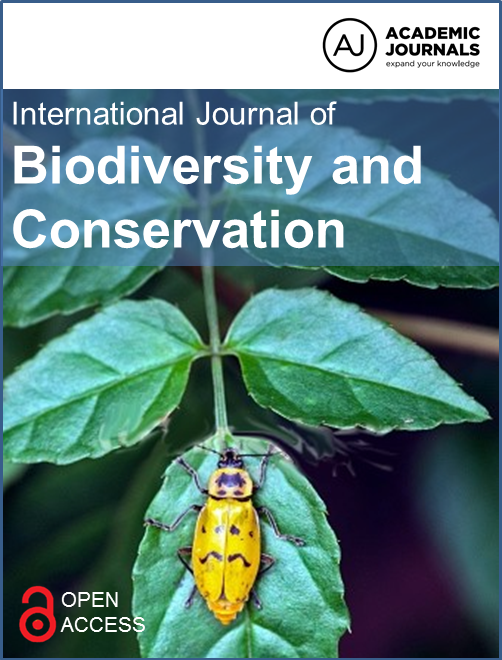
Detecting and understanding patterns in the distribution of taxa is a fundamental element in implementing biodiversity conservation. Regarding fungi, understanding how functional diversity varies with forest types helps to define their niche and allows predicting the impact of forest degradation on communities of macrofungi. It also allows better understanding of the way in which they realize their ecological function and nourishment purpose. This study aimed to assess the species richness and functional diversity of macrofungi within rainforests from Yangambi Biosphere reserve and Yoko reserve in the Democratic Republic of the Congo. Results from this study show significant differences in number of macrofungi species between forest stand types (p-value<0.001). Based on all macrofungi functional groups, the most species-rich forest stand was the Gilbertiodendron dewevrei. Of the five reported functional groups (saprotrophic fungi, ectomycorrhizal fungi, insect parasitic fungi, plant parasitic fungi and termites’ symbiotic fungi), the saprotrophic fungi were the most abundant trophic group represented 210 species of a total of 341 fungal taxa. The results revealed also that woody decaying and terrestrial saprotrophic are mainly characteristic of mixed forests while the occurrence of ectomycorrhizal taxa depends on the presence of ectomycorrhizal trees. In addition, strong relation has been demonstrated between fungal composition and the composition in vascular plants. Each forest stand type is characterized by specific floristic composition which has a corresponding and fairly predictable mycological composition. The study gave evidence that species richness and functional diversity of macrofungi are strongly influenced by vascular plants composition. The various reported functional groups differently intervene in nutrients cycling, and then play key role in forests functioning.

